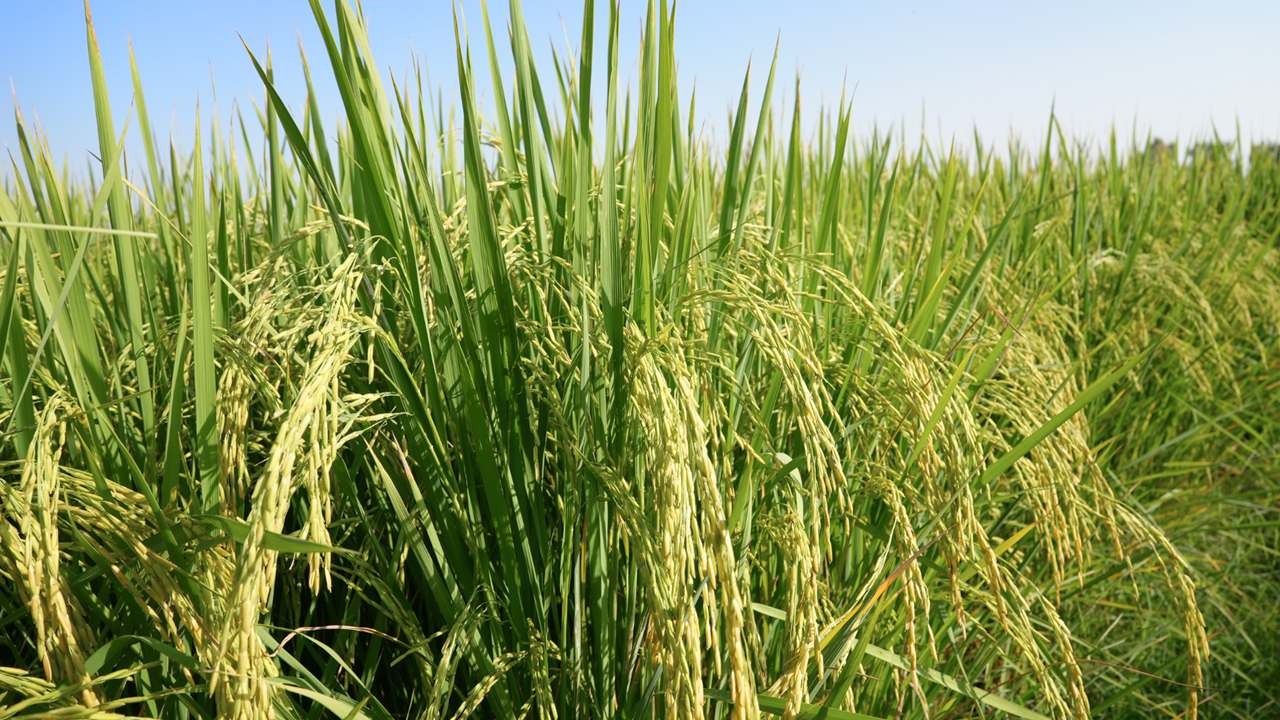Introduction to Grain Production and Global Food Security
As the world grapples with challenges related to food security, the recent surge in grain production offers a glimmer of hope. With record wheat and rice harvests reported globally, many are wondering what this means for our future sustenance. Will these increases help stabilize food supplies? Can they alleviate hunger in vulnerable regions? As we dive into the dynamics behind these impressive agricultural feats, it’s crucial to explore how they impact not only economies but also everyday lives.
With grains being staple foods for billions, understanding their production is vital. Entering a new era of agricultural innovation could pave the way for sustainable practices that benefit both farmers and consumers alike. Join us as we unravel the layers beneath this promising trend in grain production and its implications on global food security.
Record Wheat Production: Causes and Implications
The recent surge in wheat production marks a significant milestone for the agricultural sector. Favorable weather patterns, including optimal rainfall and mild temperatures, have driven yields to unprecedented levels.
Advancements in farming techniques also play a crucial role. Innovations such as precision agriculture allow farmers to optimize inputs like fertilizers and water, enhancing productivity while minimizing waste.
Moreover, increased investment in research and development has led to the creation of more resilient wheat varieties. These crops can withstand pests and diseases better than ever before.
However, with these gains come challenges. The overproduction might lead to price volatility in global markets, causing strain on smaller producers who struggle to compete.
As countries strive for food security, understanding the implications of this record yield is vital. It could reshape trade dynamics and influence policy decisions worldwide regarding grain exports and imports.
The Rise of Rice Production: Factors Contributing to Growth
The surge in rice production can be attributed to several interrelated factors. Technological advancements play a crucial role, with modern farming techniques enhancing yield efficiency. Farmers now utilize precision agriculture tools that allow for better management of resources.
Climate resilience is another key player. Many regions are adopting more robust rice varieties that withstand adverse weather conditions like drought or flooding. These innovations help ensure stable harvests despite climate challenges.
Increasing demand also drives production growth. With a global population on the rise, countries prioritize rice as a staple food source due to its nutritional value and adaptability in various cuisines.
Government initiatives supporting farmers through subsidies and training further bolster output levels. Investment in irrigation infrastructure ensures that water access remains consistent, contributing to higher yields year after year. Each factor intertwines, creating an environment where rice thrives both economically and agriculturally.
Challenges and Opportunities for Sustainable Grain Production
The quest for sustainable grain production faces multiple challenges. Climate change poses a significant threat, with extreme weather events disrupting growing cycles and diminishing yields. Farmers must adapt quickly to shifting conditions while also managing their resources efficiently.
Another hurdle is the reliance on chemical fertilizers and pesticides. These can enhance immediate productivity but often lead to long-term soil degradation and health risks. Transitioning to organic methods requires investment in training and infrastructure.
Yet, opportunities abound in this landscape of challenges. Innovations such as precision agriculture utilize technology to optimize inputs, reducing waste and enhancing sustainability.
Additionally, regenerative farming practices are gaining traction, focusing on restoring soil health through crop rotation and cover cropping. As consumers become more conscious of food sourcing, there’s a growing market for sustainably produced grains that could drive positive changes across the industry food sector.
Impact on Food Prices and Availability
The surge in wheat and rice production is reshaping food prices across the globe. As supply rises, we see a potential dip in costs for consumers. This could lead to more accessible staples on grocery shelves.
However, regional disparities exist. Some areas may still face elevated prices due to local factors like transportation issues or economic instability. While increased grain output is promising, its benefits might not reach everyone equally.
Availability also plays a crucial role here. Countries that rely heavily on imports could feel pressure if global demand fluctuates unexpectedly. It’s essential to monitor these dynamics closely as they impact households everywhere.
Moreover, food security isn’t solely about price but also variety and nutrition. The focus should be on ensuring diverse grains are available so that diets remain balanced—especially in vulnerable communities where options are limited.
Strategies for Improving Global Food Security
As we navigate the complexities of global food security, several strategies can emerge to bolster our resilience. First and foremost, investing in agricultural technology is crucial. Innovations such as precision farming and biotechnology enhance crop yields while reducing environmental impact.
Additionally, improving supply chain efficiency will play a significant role. By optimizing logistics and storage solutions, we can minimize waste and ensure that grains like wheat and rice reach those who need them most.
Supporting local farmers through education and resources is another vital step. Empowering communities to adopt sustainable practices leads not only to higher production but also fosters economic stability.
International cooperation should not be overlooked either. Sharing knowledge, resources, and best practices among nations creates a unified front against hunger.
Addressing food industry recalls effectively ensures safety in our supply chains while maintaining consumer trust. This vigilance helps reinforce public confidence in essential staples like Just rice or other grains.
By considering these strategies holistically, stakeholders across the board—governments, businesses, and individuals—can work together towards a more secure future for all regarding food availability worldwide.




